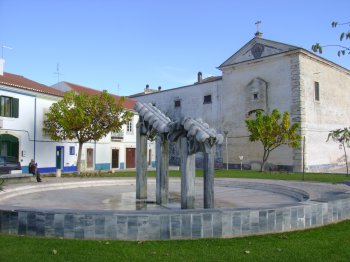Explore the best places
Discover new places in Borba
Antigo Celeiro Comum / Celeiro da Cultura
- heritage
Rua Fernão Penteado, 8
7150-128, Borba
This old barn of three ships that had no access through the ground floor, for if he thinks that would avoid the rat infestation. Currently works as a space of cultural dissemination, in charge of the City Hall.
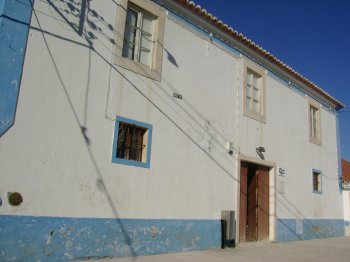
Ermida de Nossa Senhora da Vitória
- heritage
Rua de Nossa Senhora da Vitória
7150-344, Rio de Moinhos
Church founded by Dom António Luís Menezes, 3rd Marquis of Marialva, on the eve of the battle of Montes Claros and is thought to have assisted in the whole battle. The Portuguese and Spanish warriors who did not survive, this church was dedicated and were said daily masses in his honor, at the behest of Marquis.
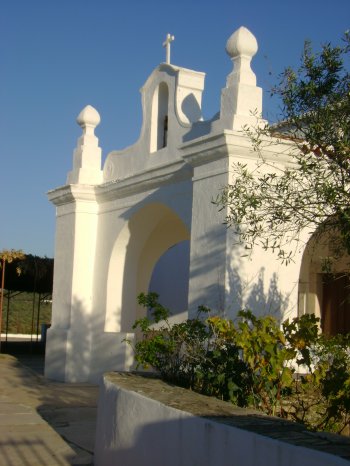
Antigo Lagar de Azeite
- heritage
Avenida 25 de Abril
7150-109, Borba
Probably, this building was part of the Town Hall, under the Windows of the elevations and the murals on the second floor. On the first floor is a former olive oil mill, made according to the Witness, Italian master model, whom the farmers of Evora asked what came, to better the quality of olive oil and using the best German and Portuguese machinery, made in Lisbon.
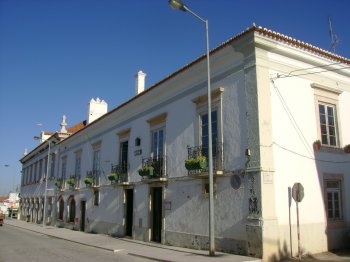
Padrão de Montes Claros
- heritage
Rio de Moinhos
7150, Borba
This is a Marble obelisk that highlights the Portuguese victory in the Montes Claros in 1665 with baroque abutment. It was rose by orders of D. António Luís de Menezes, Marialva Marquis on the location where the battle took place.
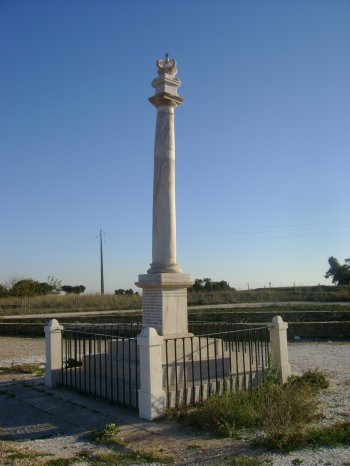
Padrão Comemorativo da Batalha de Montes Claros
- heritage
Rua de Nossa Senhora da Vitória
7150, Rio de Moinhos
The battle of Montes Claros was quite bloody, reason by which the Marquis of Marialva ordered the construction of this pattern is a kind of evocative poem of values such as peace and tolerance. The inscription can be seen that such devastation does not succeed in countries, Portugal and Spain. The altarpiece of the interior is white and black marble.
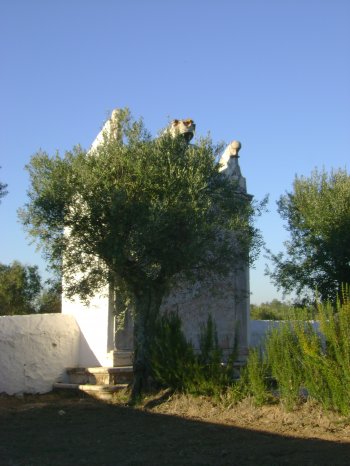
Capela de Santo António
- heritage
Rua de Montes Claros, 1
7150-133, Borba
Founded by the brotherhood of San Antonio, this Church had several farms, whose incomes were in favour of the artistic ornamentation. The Patron Saint can be seen in the sculpture erected in mud, in the pediment of the entrance. Has some marble altarpieces, designed by the architect José Francisco de Abreu and Angelic Velez.

Forno Comunitário de Orada
- heritage
Avenida Combatentes do Ultramar
7150-308, Orada
The bread is not just a food, but rather something that is full of symbolism. In the case of this gastronomy Alentejo region rises in such a way as to be possible to use stale bread and hard, not to throw away. This furnace represents thus the appreciation of the community of this food, whose production varied depending on the times were more or less abundance.
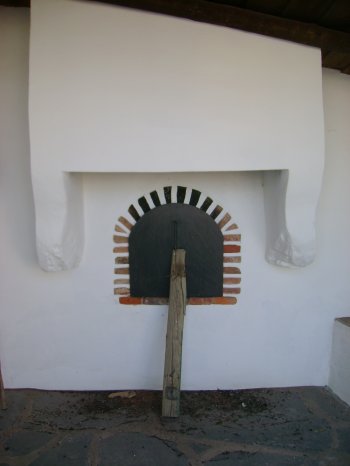
Homenagem aos Trabalhadores da Pedreira
- heritage
Avenida Luís de Camões
7150-108, Borba (Matriz)
Borba is known for its marble extracting and transforming activity. It was to honor the quarry workers that António Pereira Anselmo, sculptor born in Borba, composed this monument, naturally, in white marble.
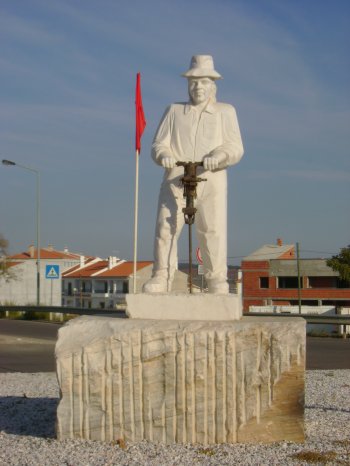
Rua da Aramenha
- heritage
Rua 13 de Janeiro - Rua da Aramenha
7150-145, Borba
Former Rua da Aramenha, where is built the Palacete dos Melos. Is the oldest streets of Borba.
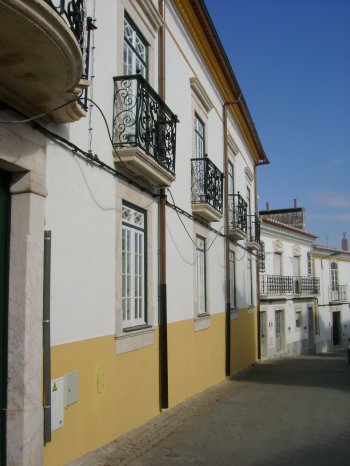
Escultura Rio Mármore
- heritage
Terreiro das Servas
7150-164, Borba
Fountain situated next to the chapel of the Lord Jesus dos Aflitos. Circular monument of white marble and black, with two steps, surrounded by grassy and wooded area.
